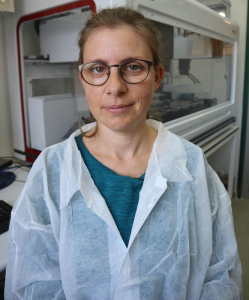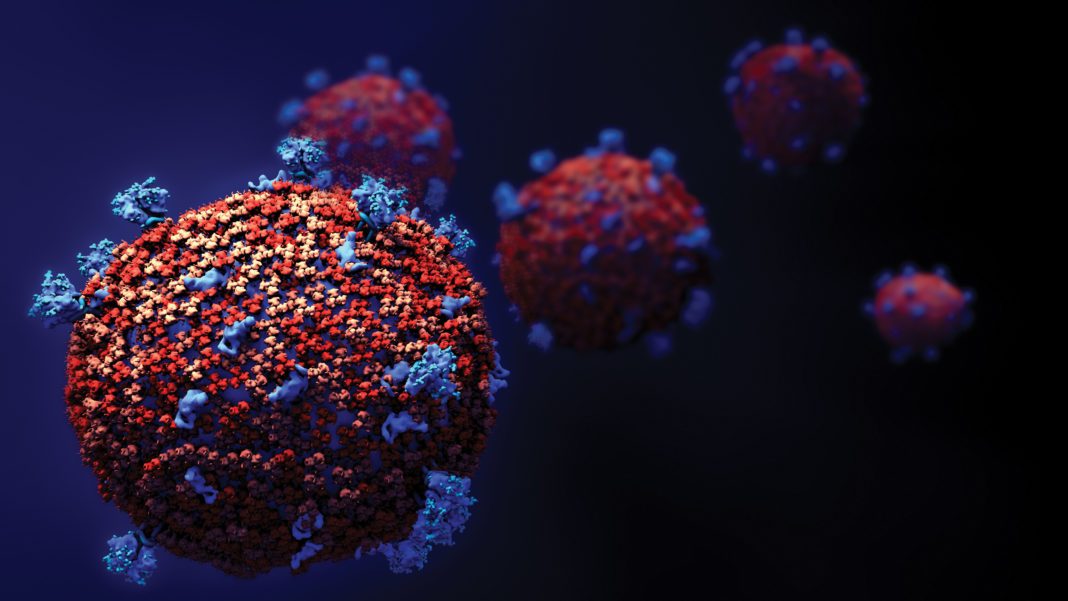SARS-CoV-2 variants have been a key player in the conversation, and public health response, of the COVID-19 pandemic. But where do COVID-19 variants originate? Now, new research reveals that the many SARS-CoV-2 variants are likely formed in chronic COVID-19 patients who suffer from immunosuppression. The research suggests that a weakened antibody response, particularly in the lower airways of these chronic patients, may prevent full recovery from the virus and drive the virus to mutate many times during a lengthy infection. The virus’ ability to survive and reproduce in the immunosuppressed patient’s body—without restriction—leads to the evolution of many variants.
Furthermore, the variants found among those chronically ill with COVID-19 bear many of the same mutations in their evolution as those present in variants-of-concern (VOC) for severe illness—particularly those mutations associated with evading antibodies. The new findings indicate that while rapidly-spreading variants are rare among the many strains borne from immunosuppressed patients, the likelihood increases and they do arise when global infection rates boom.
This research is published in Nature Medicine, in the article, “Drivers of adaptive evolution during chronic SARS-CoV-2 infections.”

“The coronavirus,” noted Stern, “is characterized by the fact that in every population, there are people who become chronically infected. In the case of these patients, the virus remains in their body for a lengthy period of time, and they are at high risk for recurrent infection. In all of the cases observed so far, these were immunocompromised patients. In biological evolutionary terms, these patients constitute an “incubator” for viruses and mutations—the virus persists in their body for a long time and succeeds in adapting to the immune system, by accumulating various mutations.”
The study searched for drivers of VOC-like emergence by consolidating sequencing results from a set of 27 chronic infections in patients at the Tel Aviv Sourasky Medical Center.
According to Stern, the results reveal a complex picture; although no direct connection was found between anti-COVID-19 drug treatment and the development of variants, the researchers discovered that it is likely the weakened immune system of immunocompromised patients that creates pressure for the virus to mutate.
Most substitutions in this set, the authors noted, reflected lineage-defining VOC mutations; however, a subset of mutations associated with successful global transmission was absent from chronic infections.
In fact, the researchers found that there were chronic patients who showed a pattern of apparent recovery, followed by recurring viral infection. In all of these patients, a mutated form of the virus emerged, suggesting that recovery had not been achieved; this is partially reminiscent of HIV following inadequate drug treatment.
Upon closer examination of some patients, the researchers found that when such a pattern of apparent recovery is observed (based on negative nasopharyngeal swabs), the virus continues to thrive in the lungs of the patients. The researchers, therefore, suggest that the virus accumulates mutations in the lungs, and then traverses back to the upper respiratory tract.
The authors believe that they found evidence for dynamic polymorphic viral populations in most patients, suggesting that a compromised immune system selects for antibody evasion in particular niches in a patient’s body. In addition, there is a tradeoff between antibody evasion and transmissibility and that extensive monitoring of chronic infections is necessary to further understanding of VOC emergence.



